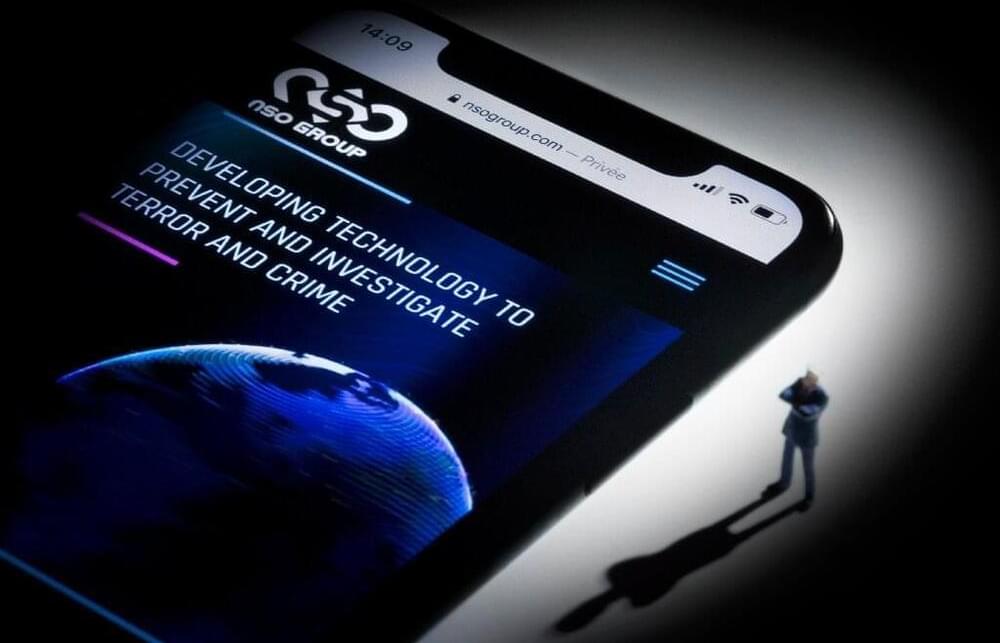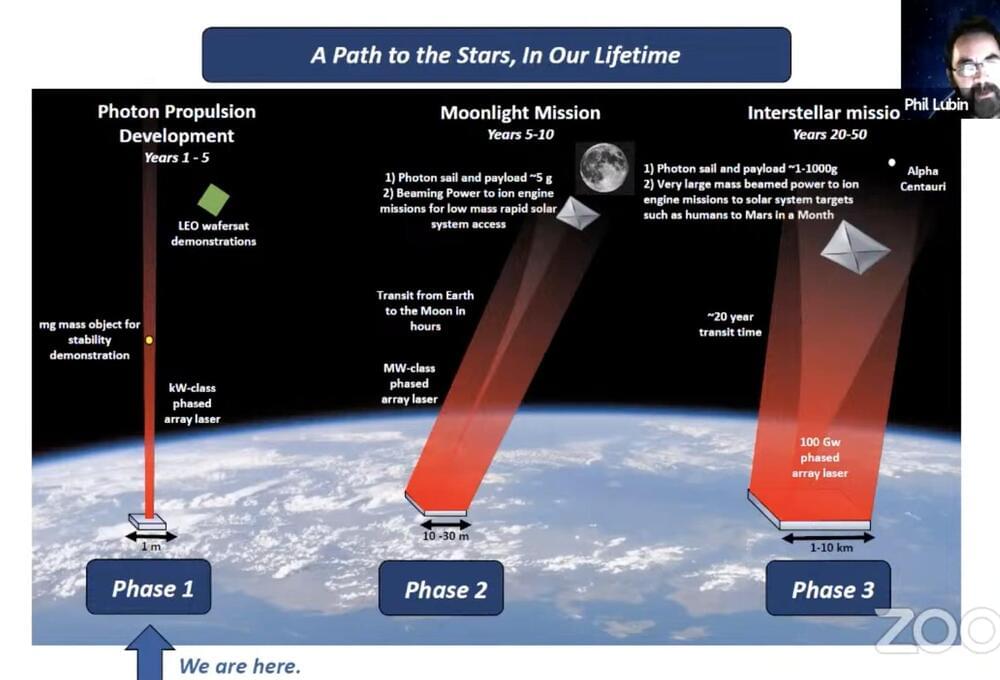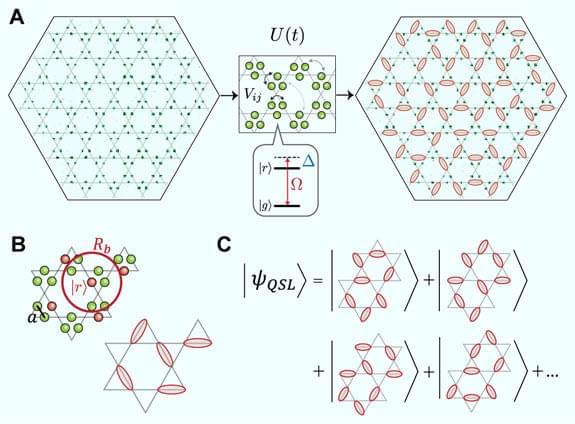The Israeli spyware maker in the Pegasus surveillance scandal said Friday it was investigating reports the firm’s technology was used to target iPhones of some US diplomats in Africa.
Apple has begun alerting people whose phones were hacked by NSO’s spyware, which essentially turns handsets into pocket spying devices and sparked controversy this year after reportedly being used on activists, journalists and politicians.
“On top of the independent investigation, NSO will cooperate with any relevant government authority and present the full information we will have,” the firm said in a statement.









